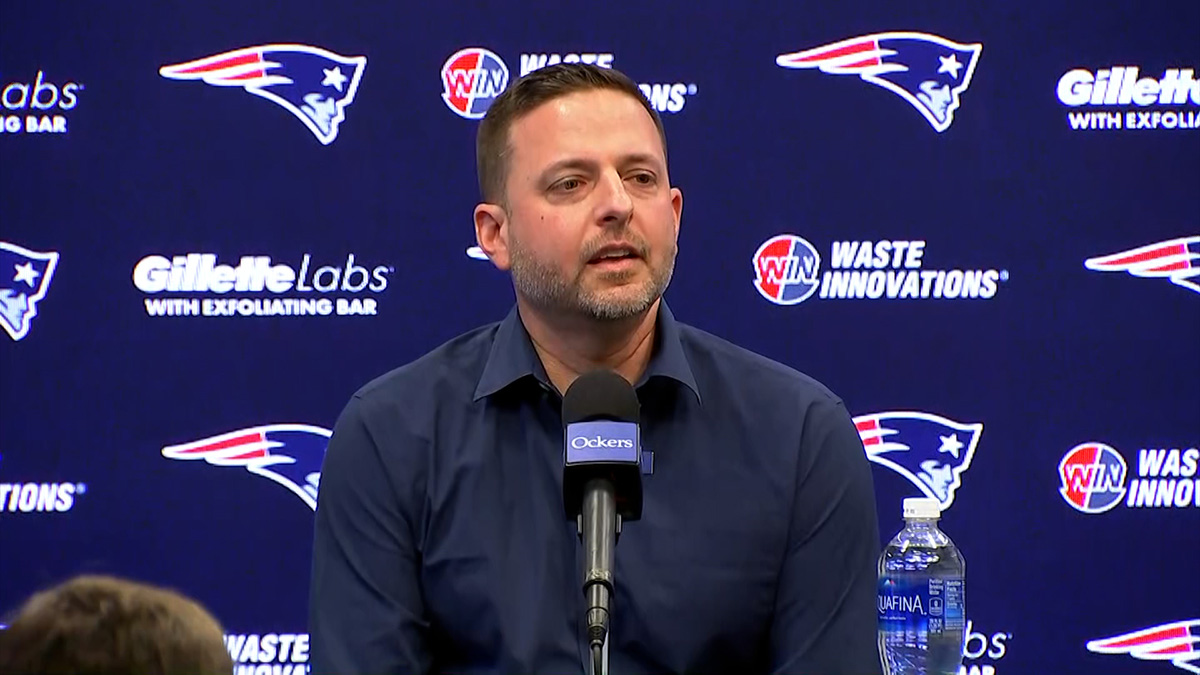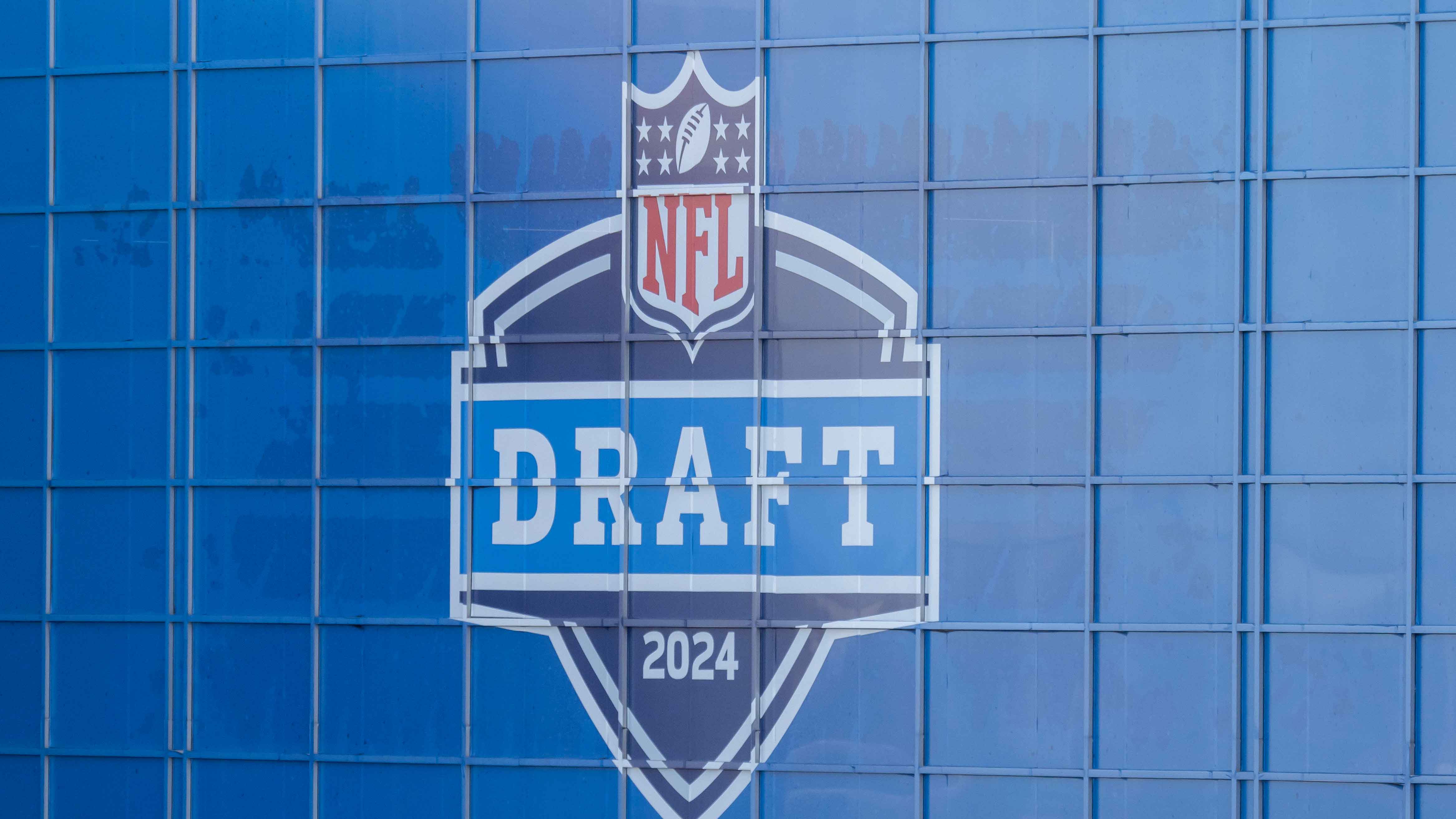How much Miles is too much Miles?
That’s a crucial question for Doug Pederson and his offensive staff once the NFL starts up again.
It’s always a tough call for head coaches when they have a talent like Miles Sanders. You want to get him the ball a lot because he’s so dangerous. But you don’t want to over-do it because we’ve all seen what happens to running backs that get too heavy a workload.
They’re never the same again.
We all saw what Sanders is capable of last year. After starting the season mainly backing up Jordan Howard, he became the Eagles' lead back when Howard got hurt midway through the season and wound up leading all NFL rookies with 1,327 scrimmage yards on 229 touches — 179 carries, 50 receptions.
What does that mean for Sanders' future?
Sports Uncovered is on all podcast platforms: click here to subscribe now!
NFL
Start here: No Eagle has averaged more than 11.9 carries or 12.9 touches per game in Pederson’s four years as Eagles head coach. Of course, he’s never had a talent like Sanders.
Some backs are built for a heavy workload. Ricky Watters averaged an NFL-leading 23.7 touches in his three years with the Eagles, but he could handle that. LeSean McCoy averaged 19.6 touches per game in an Eagles uniform, although not surprisingly that figure was much higher under Chip Kelly [22.1] than Andy Reid [18.2].
And we all know Pederson’s coaching philosophy is closely aligned to Reid’s.
Sanders played six full games last year without Howard, and that stretch gives us a pretty good idea what to expect over a full season.
In those six games — from the Patriots through the second Cowboys game — Sanders averaged 15.7 carries and 4.2 catches for 20 touches per game. During that span he averaged 4.6 yards per carry, 8.2 yards per catch and 107 yards scrimmage yards per game — 8th-most in the league.
Project that over a full season and you have 318 offensive touches — 251 carries, 67 catches and 1,704 yards from scrimmage.
I think that’s a fair estimate for next season. Maybe a tad high. Only five backs in the NFL last year had that many offensive touches — Christian McCaffrey [403], Ezekiel Elliott [355], Leonard Fournette [341], Nick Chubb [334] and Derrick Henry [321].
Brian Westbrook is a great comparison for Sanders. Similar build. Similar talent. And Reid didn’t give Westbrook 300 touches until his fifth season. In Reid’s ideal world, running back by committee not only keeps defenses off-balance, it protects a young back.
In his all-pro season in 2007, Westbrook had a career-high 368 touches. Then he had a huge drop-off in 2008, was hurt most of 2009 and finished his career as a part-time player with the 49ers in 2010. He was never the same after that 368-touch season.
You see it all the time.
Increase a running back’s workload too much and it can do permanent damage. Just ask Rams fans. Todd Gurley led the NFL with 658 touches in 2017 and 2018, his production dropped dramatically last year, he got hurt and the Rams cut him.
A lot of this has to do with how high the Eagles are on Boston Scott. He showed over the last month of the season, when he averaged 15 touches and 88 scrimmage yards per game, that he is a viable No. 2 back.
That certainly takes pressure off Pederson to over-use Sanders.
The 2017 Super Bowl season really showed us how Pederson wants to use his running backs.
Five backs – Darren Sproles, Jay Ajayi, Wendell Smallwood, LeGarrette Blount and Corey Clement – had games with at least 12 touches that year. But none of them ever had a game with more than 17 touches.
Sanders is so talented there will be times Pederson nudges his workload up. Sanders had back-to-back 25-touch games late last year against the Redskins and Cowboys, but those were must-win games, Howard, Sproles and Clement were hurt and there weren’t a lot of options.
That made Sanders the first Eagle since McCoy in 2014 with consecutive 25-touch games and the first rookie since Steve Van Buren.
But those 25-touch games are going to be the exception.
Sanders can do a lot of damage with 18 to 20 touches per game. Anything less isn't enough Miles. Anything more puts him at risk.
Getting the most out of Sanders in the long run means being careful how much you use him in the short run.
Subscribe and rate the Eagle Eye podcast:
Apple Podcasts / Google Play / Stitcher / Spotify / Art19
Click here to download the MyTeams App by NBC Sports! Receive comprehensive coverage of your teams and stream the Flyers, Sixers and Phillies games easily on your device.


